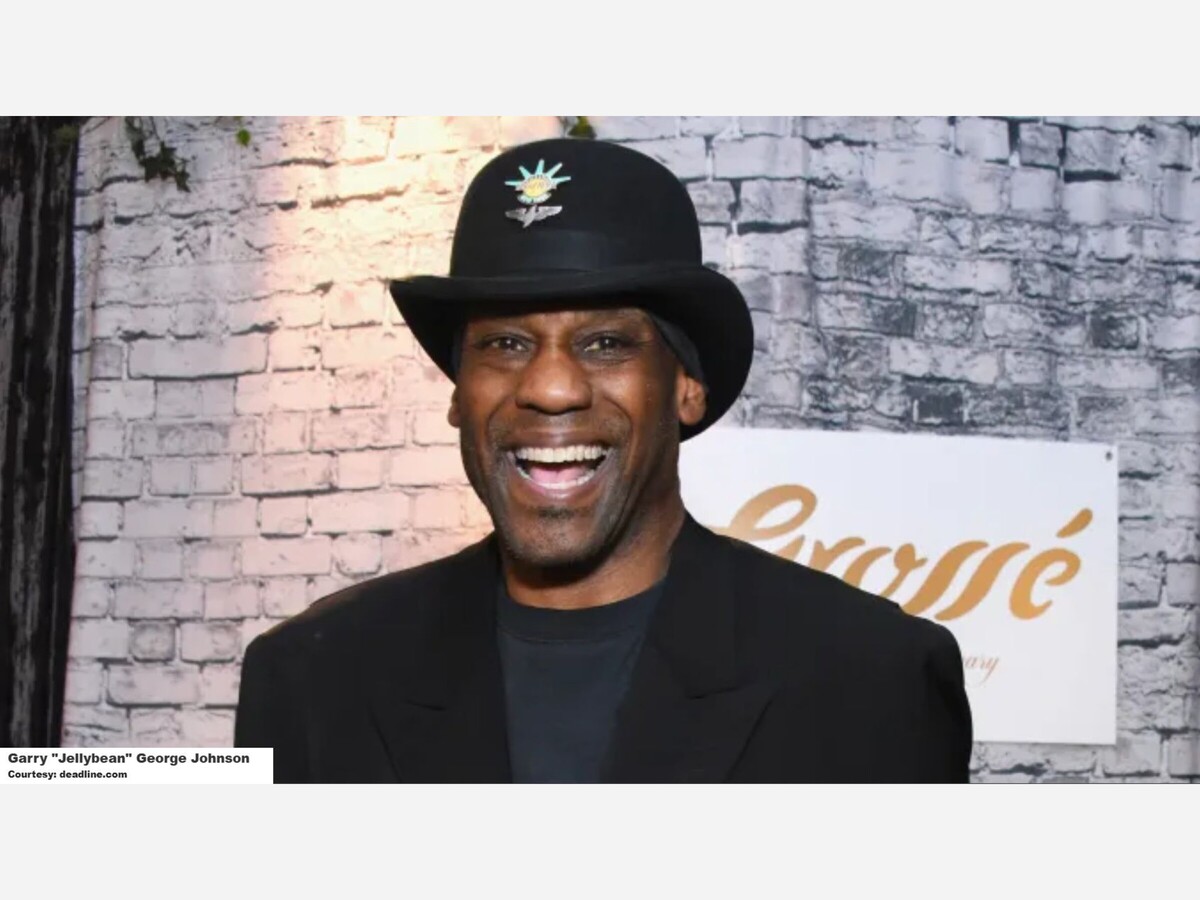Image


MINNEAPOLIS — There is a specific kind of silence that falls over a city when its heartbeat stops. It is heavier than the winter snow and sharper than the wind coming off the Mississippi. On November 21, 2025, just two days after his 69th birthday, the rhythm of Minneapolis stuttered. Garry George Johnson—known to the world, the charts, and history simply as "Jellybean"—laid down his sticks and unplugged his guitar.
To call Jellybean Johnson merely a musician is to look at the Mississippi River and call it merely water. He was a current. He was a force. For more than half a century, he was the metronome by which a city learned to groove. While the neon lights often shone brightest on names like Prince, Jimmy Jam, and Terry Lewis, it was Jellybean who held the floorboards together. He was the cool, unshakeable anchor in a storm of funk, the man whose pocket was so deep you could lose yourself in it for decades.
Born in Chicago in 1956, Johnson’s story was one of transplantation and bloom. His family moved to North Minneapolis seeking safety, a refuge from the turbulence of the Windy City. What they found, and what Garry helped cultivate, was a creative explosion that would alter the DNA of American music.
Great art often rises from scarcity. At 15, lacking a proper kit, Garry Johnson did not wait for permission to be great. He turned his mother’s kitchen into a conservatory, transforming pots, pans, and furniture into a percussion section. That distinct "clank" and "thud"—the raw, industrial, urgent sound of making do—became the foundational DNA of the Minneapolis Sound.
It was on the North Side that a brotherhood was forged. This was not a polished conservatory; it was a crucible. Alongside a young Prince Rogers Nelson and the duo of Harris and Lewis, Johnson learned that music was not a hobby; it was a way out, and a way up. When he joined Flyte Tyme, and later The Time, he wasn't just joining a band; he was stepping into history.
The music world is usually divided into those who keep the beat and those who sing the melody. Jellybean refused to choose.
To the public, he was the drummer for The Time. He was the man in the back, wearing the trench coat, reading the newspaper on stage while effortlessly locking into a groove that made bodies move involuntarily. As DJ Walter “Q Bear” Banks so visibly put it: “When he plays … you want to walk up to someone and slap them and hug them at the same time.” That is the violence and the tenderness of true funk.
But hidden behind the kit was a guitarist of searing emotional depth. It is one of music’s great ironies that the man who kept the strictest time also knew how to make a guitar weep with abandon. When Janet Jackson needed to shatter her pop image and roar into the realm of hard rock with "Black Cat," it was Jellybean Johnson she trusted to co-produce it. He took the polished sheen of pop and dragged it through the mud and fire of rock and roll, delivering a #1 hit that remains a masterclass in genre-bending.
From Alexander O’Neal to New Edition, from the polished R&B of the 80s to the neo-soul of Mint Condition, Johnson was the common denominator. He was the bridge.
In a culture that worships youth, Jellybean Johnson grew more magnificent with age. He did not fade into the background of "oldies tours." Instead, he pivoted. In 2022, he founded the Minneapolis Sound Museum. It was an act of profound generosity. He understood that a legacy unpreserved is a legacy lost. He fought to ensure that the world remembered not just the superstars, but the session players, the engineers, and the local venues that built the Sound.
And then, the music called him forward again. At the age of 64, when most are looking toward retirement, Johnson released Get Experienced. It was his declaration of independence—a solo album that spanned blues, funk, and rock.
“We’re in the fourth quarter now … I just wanted to put something out … that was me … that I was responsible for.”
There is a bravery in that statement that transcends music. It is a reminder that creativity has no expiration date, and that it is never too late to step out from the back of the stage and claim your own light.
Today, the void in Minneapolis is palpable. We have lost a musician, yes. But we have also lost a teacher. We have lost a man who hosted workshops not for the fame, but to show a kid from the North Side that there is magic in a drumstick. We have lost a "Community Pillar" in the truest sense—someone who held the roof up so others could dance.
Jellybean Johnson was the heartbeat of this city. Drums are physical; they hit you in the chest. But the legacy Jellybean leaves is spiritual. It is in the resilience of every young artist who picks up an instrument in a garage today. It is in the swagger of The Time’s records that will spin at weddings and parties for another hundred years.
The beat has stopped, but the rhythm remains. It is in the pavement of Plymouth Avenue; it is in the air at First Avenue; it is in the blood of every musician he mentored.
Garry George "Jellybean" Johnson has finished his set. The lights have gone down. But if you listen closely to the silence he left behind, you can still hear it: that steady, undeniable, perfect pocket.
Rest well, Jellybean. You kept the good time.